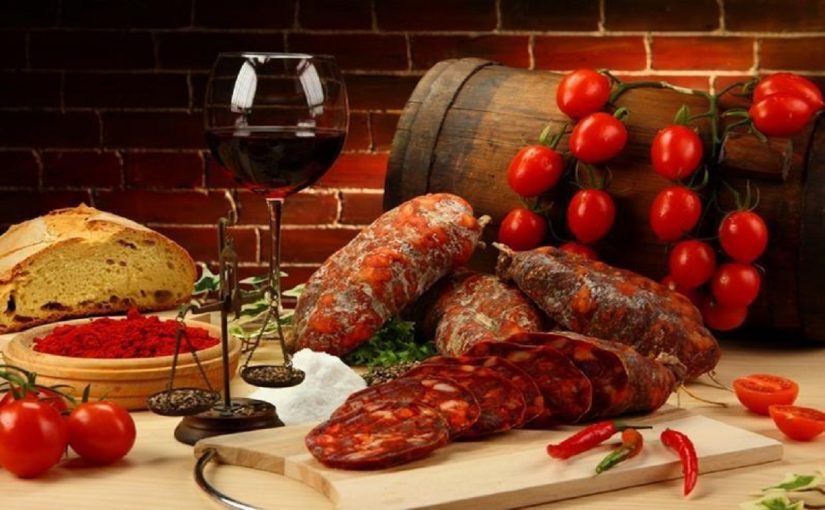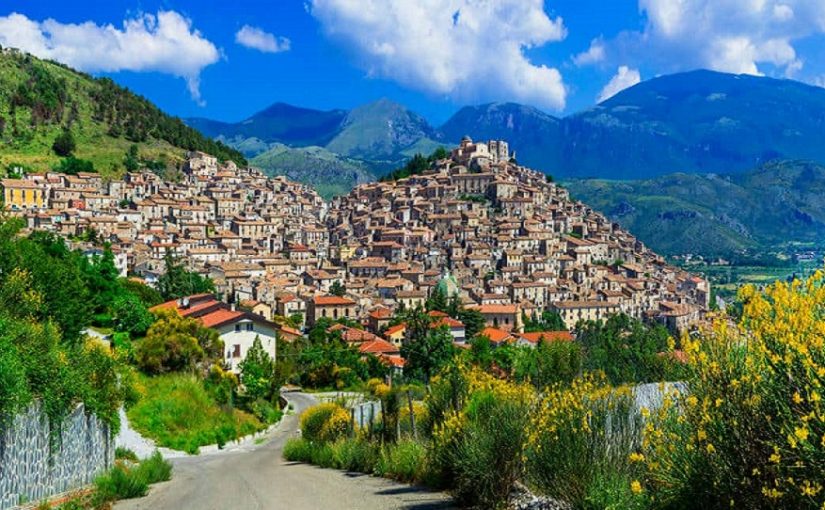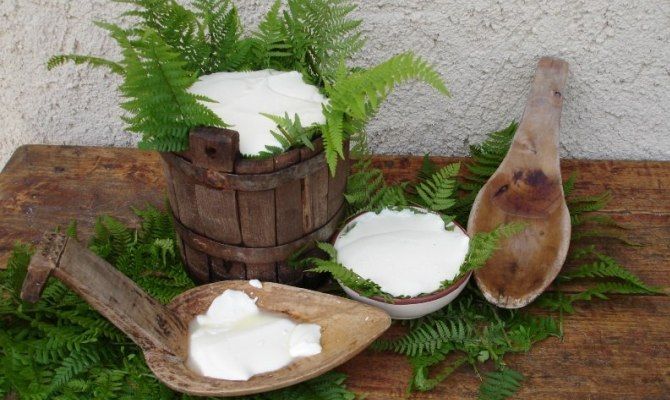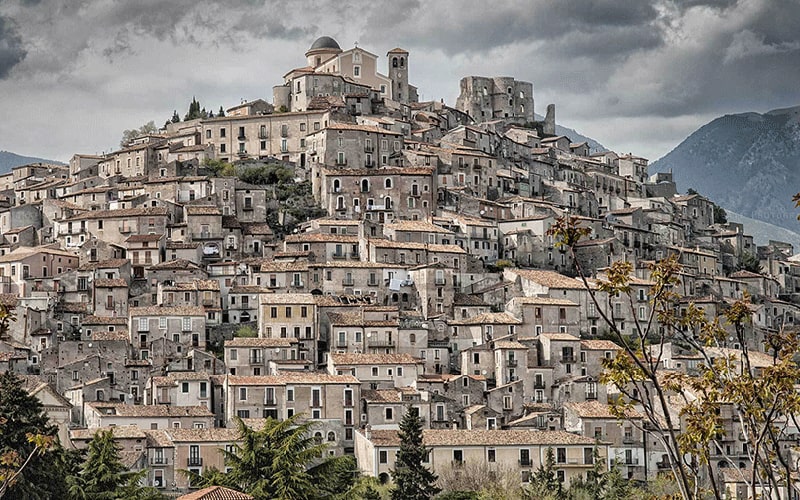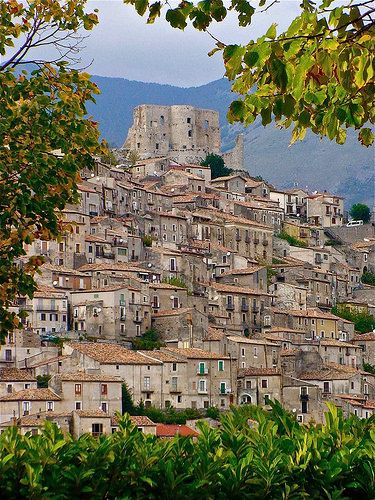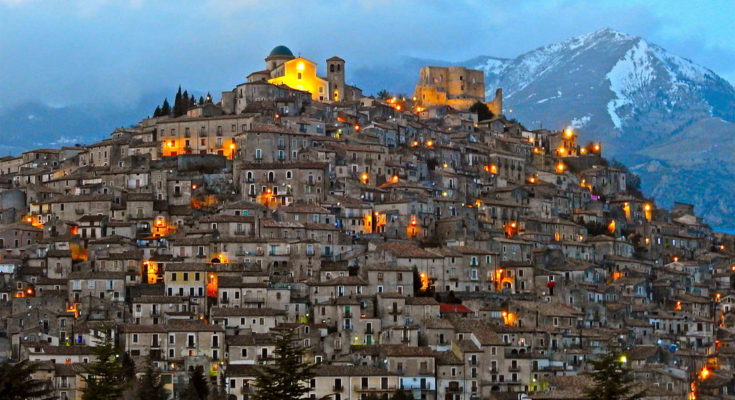20.7.2019
THE REGION IS 9° IN THE TOP TEN OF ITALY
The “flag of taste” nr. 9 was assigned this year, 2019, at the table of Calabria. This is what emerged from the new census 2019 of the Italian food & beverage specialties, that are obtained according to traditional rules protracted over time for at least 25 years.
The census was presented by Coldiretti at the opening of the Coldiretti Farmer’s Village in Milan at Castello Sforzesco, athe presence of many farmers, farmer’s markt operators and agri-chef.
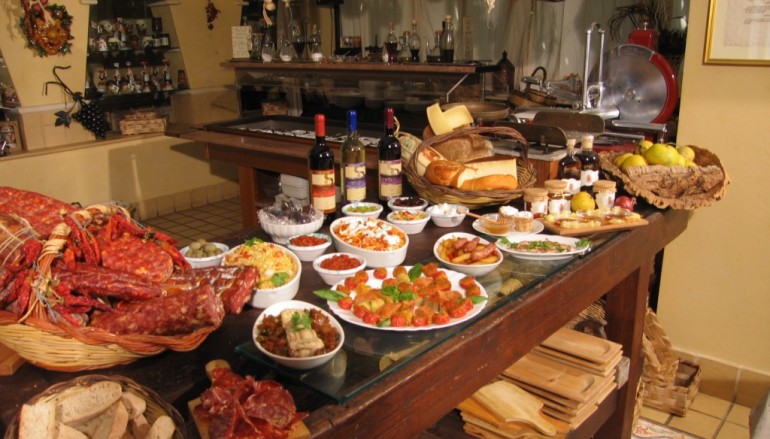
The exhibition introduced many historical recipes, and the sub-exhibitions, connected to this bigger event, made known many treasures to save, hidden in the Made in Italy.
At the event, there was a large representation of Calabrian farmers, who exhibited and made taste some of the most famous agricultural products of Calabria: liquorice, figs, Dop salami, Spilinga nduja pasta, bergamot, cheeses, cedar, chilli pepper and many others.
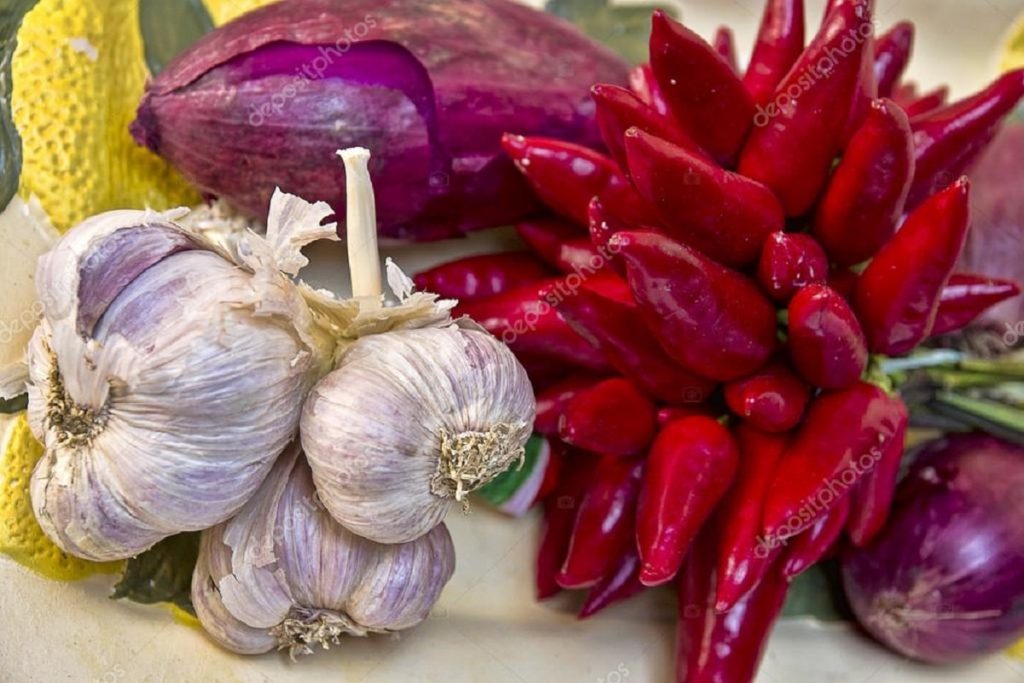
269 GASTRONOMIC SPECIALTIES
“In our region – said Franco Aceto regional president of Coldiretti – the products surveyed by the region are 269 that are part of the heritage of specialties that are obtained according to traditional rules extended over time for at least 25 years. These are paired with the 17 Dop and Igp Calabresi specialties.“
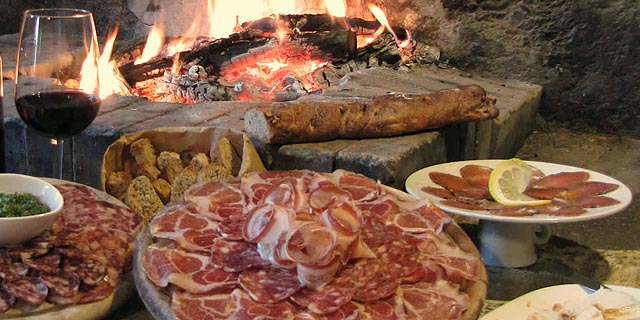
“This is the result of the work of entire generations of farmers committed to defending and preserving biodiversity and the distinctiveness of the territory and food traditions over time “, continued Aceto, who also stressed that “it is a common good for all citizens and a cultural heritage that generates considerable interest and that we can proudly offer to Italian and foreign tourists also because they are evocative of stories and territories“.
The census of food products in our region – suggested Aceto – “must accelerate and continue because there is still a rich heritage of biodiversity and products that can be put to value with undisputed benefits. We need to consolidate the new development model of Calabria, basing it on the strengths that are its own historical and artistic heritage, the landscape and the food.“
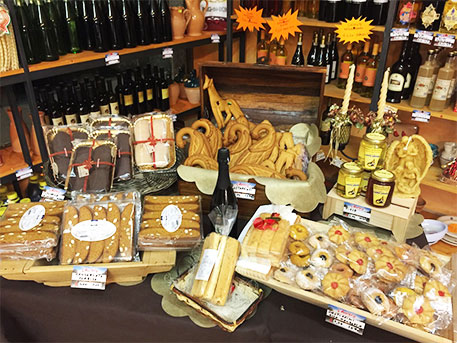
“The regional specialties of Calabria are – according to Coldiretti – 85 different types of pasta, bread and bakery products, 28 types of meat, 24 cheeses, and further: 73 vegetable or processed products, 12 compound dishes or gastronomic products, 7 beverages (including soft drinks), liqueurs and spirits, 11 products of animal origin (honey, dairy excluding butter, etc.) and 21 preparations of fish, molluscs and crustaceans “.

